Rollz Motion Rhythm Parkinsons Rollator
This Parkinson-rollator is a specialized version of the Rollz Motion rollator, which is appreciated by people with Parkinsons. A rollator like this helps to gain more confidence in your own abilities. Which will help you go outside.
This rollator is developed for people with a disturbed walking gait. This occurs by the Parkinson’s disease. Also people with MS or who’ve had a stroke can have a disturbed walking gait. In these situations the rhythmic cues given by this rollator can stimulate a regular walking gait.
Suffer from freezing?
Walking disorders can be found troublesome by people with Parkinson’s. Almost 50% of the Parkinson’s disease patients suffers from freezing. Then it feels like the feet are glued to the ground and it can be difficult to get out of this moment of solidification. In the course of the disease the following symptoms may occur: leaning forward while walking, small, shuffling steps and not being able to lift the feet as high as before. Movements will go slower and more irregular. The way you swing your arms can get asymmetric.
The own internal cues to start walking don’t work well. If the feet stop walking and the upper body continues the walking movement, the freezing can lead to falling and hip fractures. That’s why the impact of this kind of walking disorders can be considerable. Patients with symptoms like this, according to medical examination, appear to benefit from external sensory cues. These can support their own compensation strategies
Parkinson rollator with three rhythmic cues
The freezing mostly occurs when someone intends to start walking, make a turn or go through a doorway. Or it can be provoked by stress. The Rollz Motion Rhythm Parkinson rollator supports the start of a rhythmic walking pattern with three cues to get out of a freezemoment:
- a laserline on the ground
- a vibration in the handlebars
- rhythmic tones
Some people can benefit from the laserline, where others get out of their freezing moments by hearing the rhythm or feeling the stimulus in the handlebars. That’s why the stimuli are individually adjustable. What works best may vary from patient to patient.
Furthermore, these incentives help to improve the walking pattern and stride length. That is why this walker is also suitable for people with a walking pattern which is disturbed by other disorders. Transitions in walking situations, such as taking a turn or going over a curb, become easier.
Visible, sensory and auditive cues on the Parkinson rollator
With a push on the button in the handlebar the rhythmic pattern starts. The laser line on the ground in front of the feet, the vibration in the handlebars and the rhythmic tones can be set individually.
The walking pace can be adjusted via the module on the walker. The indicated pace can be slightly increased by pressing the plus-button to walk faster. Or make movements run smoother by pressing the minus button. The three cues can be combined with each other or can be used separately.
The green laserline that is projected on the ground in front of the rollator works as a visual cue. This stimulates to step over the laser line. This improves the stride length and walking speed. The sudden visual cue also stimulates to start the walking movement.
The acoustic rhythm of the built-in metronome contributes to increasing the walking speed. The audible rhythm also helps to get into a cadence.
The tactile vibrations in the handlebar support the walking gait. The rhythm of the vibrations can also be set separately, for example to support the audible rhythm. A big advantage is that it is not noticeable for any surrounding people.
Set the app with your therapist
More details can be set in the corresponding app on the smartphone or tablet. Such as the intensity of the vibration and sound, but also the length of the pitch and the pattern. We recommend consulting a physiotherapist or occupational therapist. Practicing with cues can be part of a training.
The therapist can personalize the walking pattern via the app and adjust it if necessary. For example, by determining the starting frequency in steps per minute. The therapist can also set a suitable rhythm. Depending on how the patient responds to the external cues, a rhythmic pattern of 8, 16 or 32 cues can be set or a continuous rhythm.
The app works on both Android and iOS smartphones. The app can also be used to adjust the settings remotely. This is useful during training; the trainer can vary the indicated walking speed.
Specifications:
- Overall Length: 63cm (24.8")
- Overall Width: 67cm (26")
- Seat Height: 55cm (21.6")
- Total Weight: 11.6kg (25.5lbs)
- Max User Weight: 120kg (19 Stone)
For all your Mobility needs visit First Choice Mobility Ltd, Instore - Online - Mobile
Product Documents
Only logged in customers who have purchased this product may leave a review.

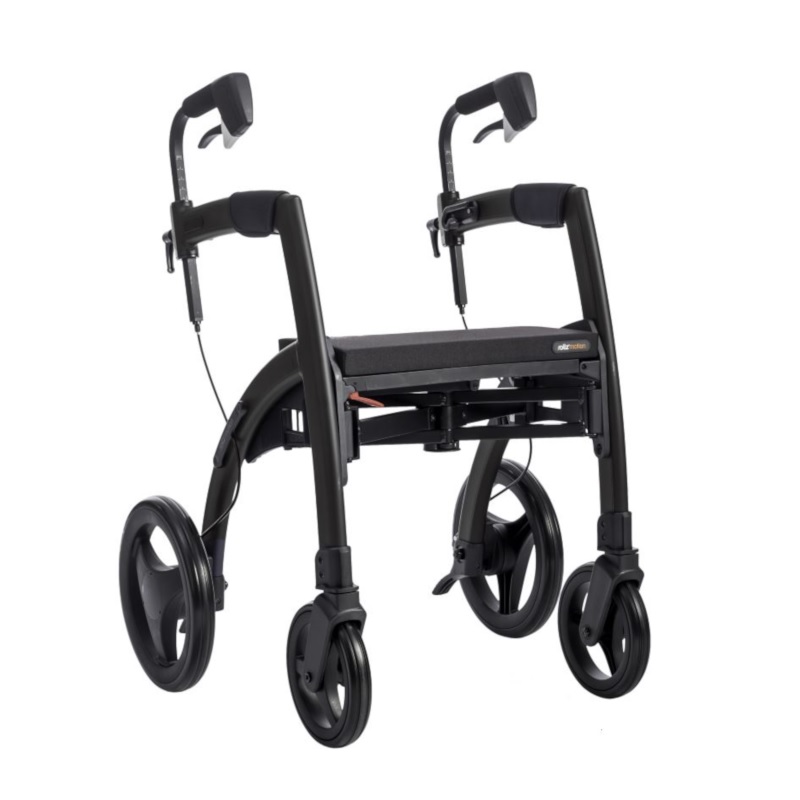
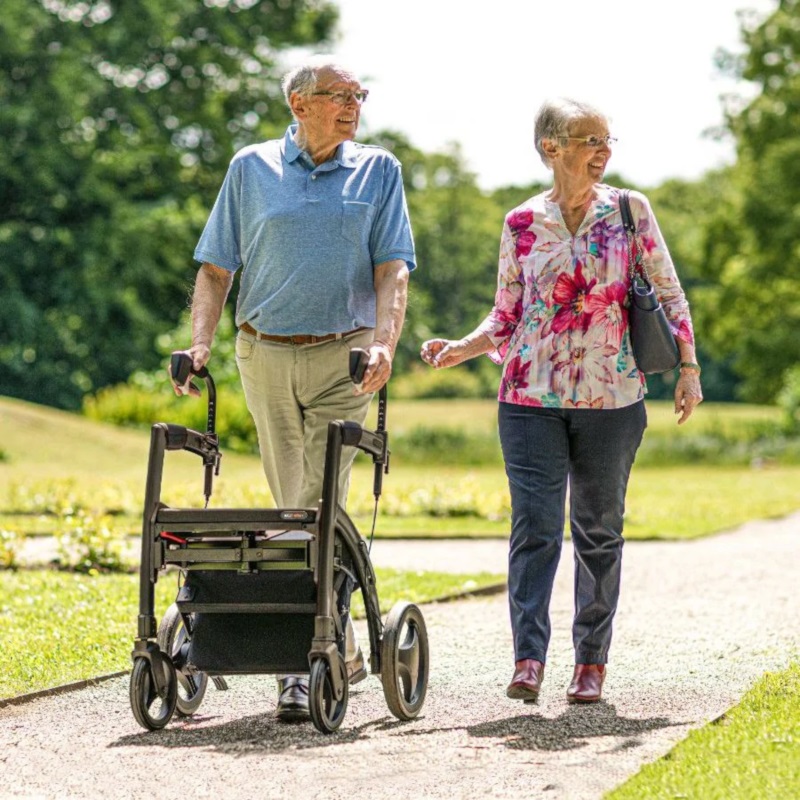
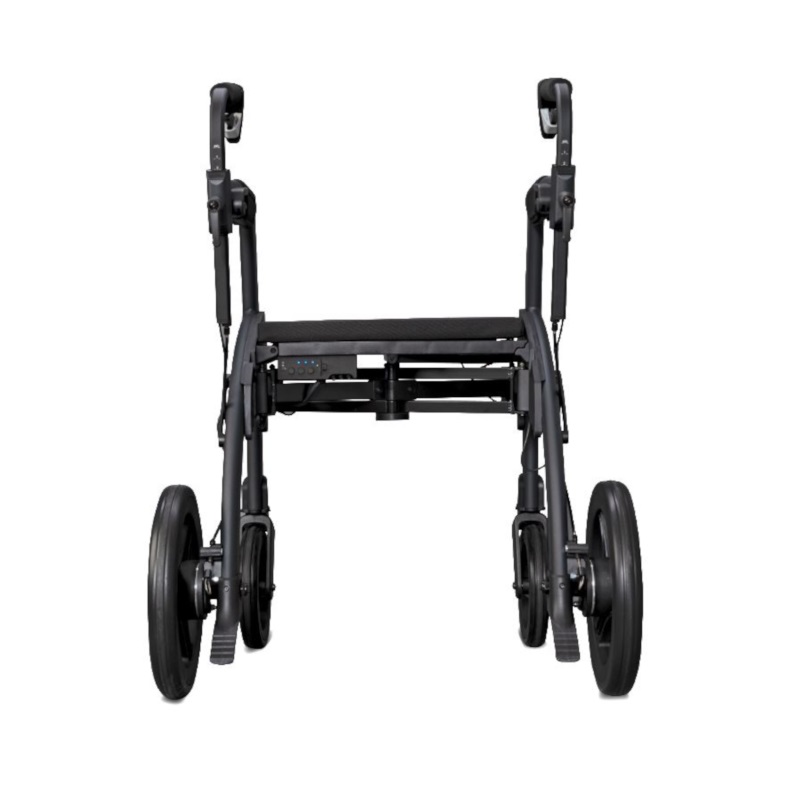
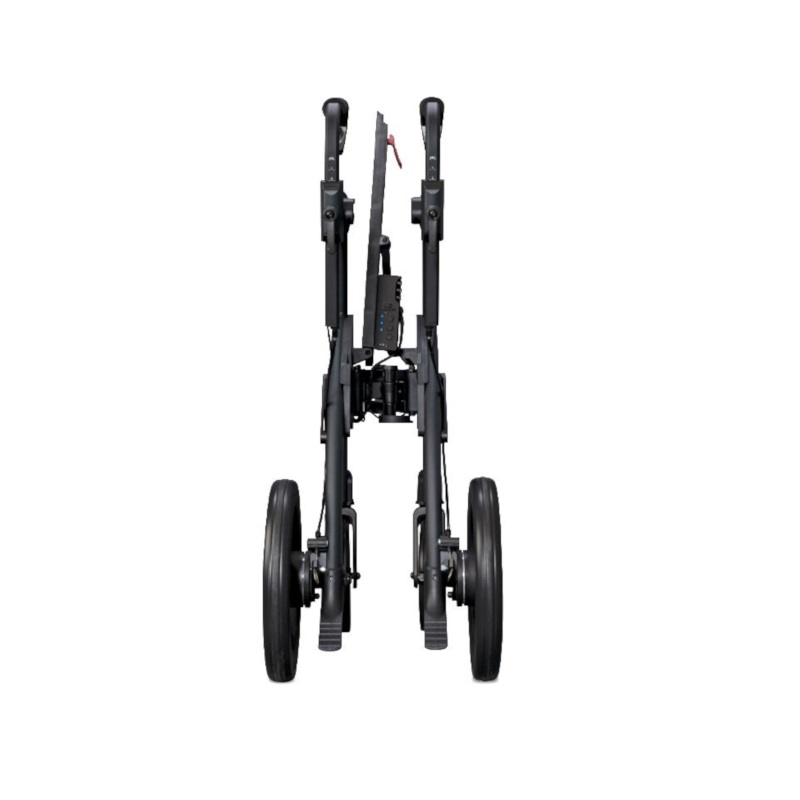
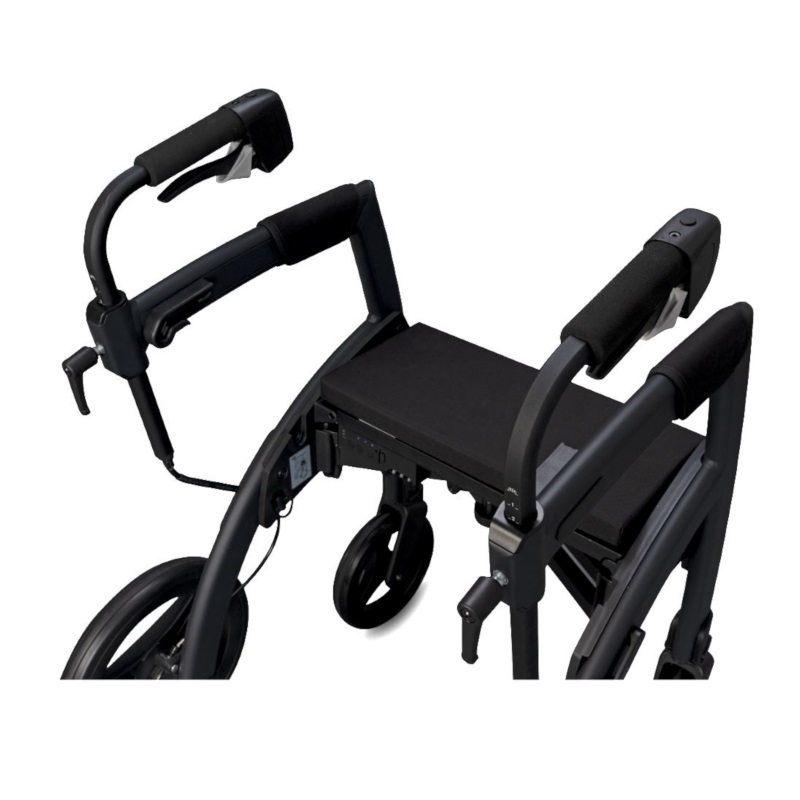
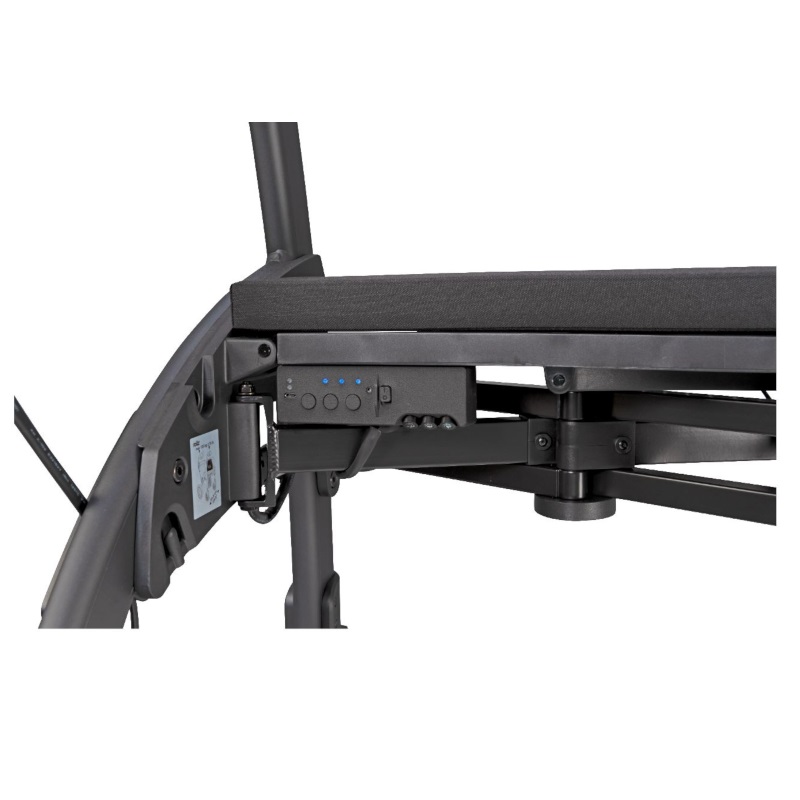
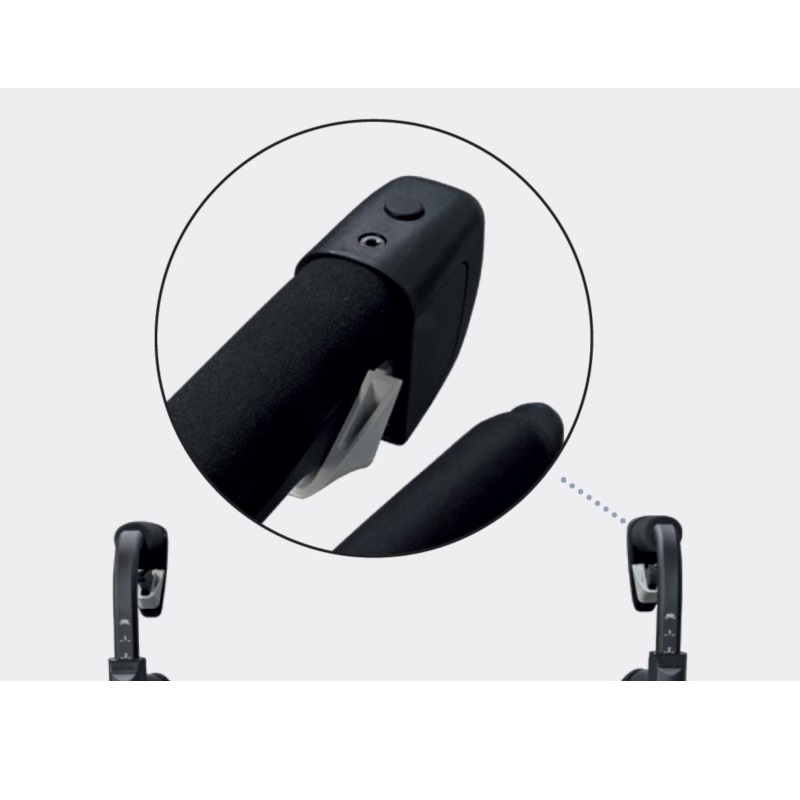
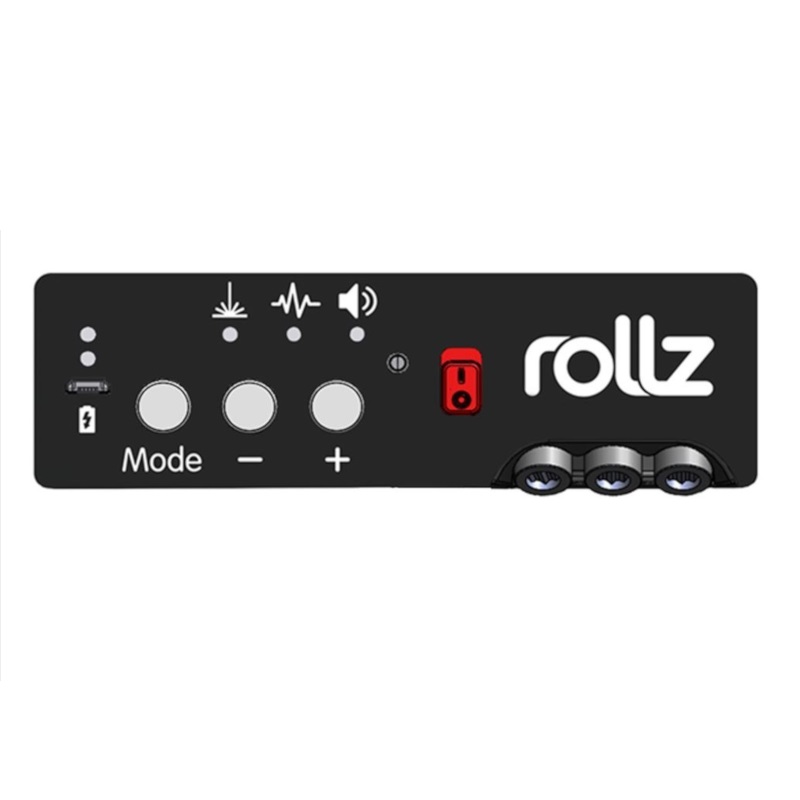
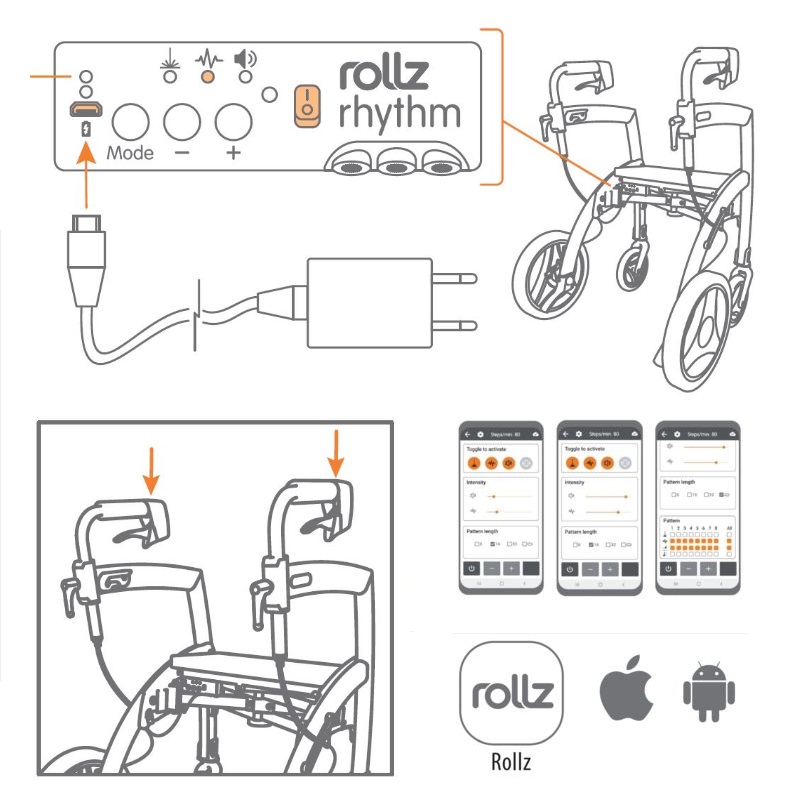


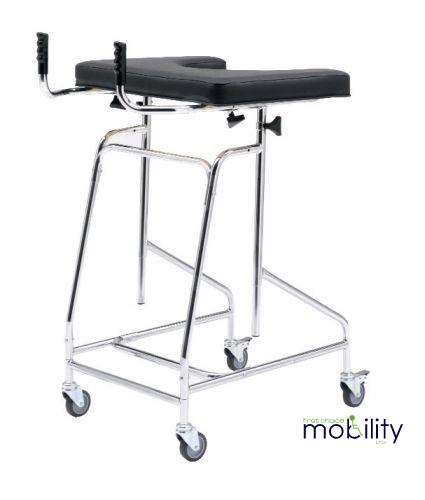
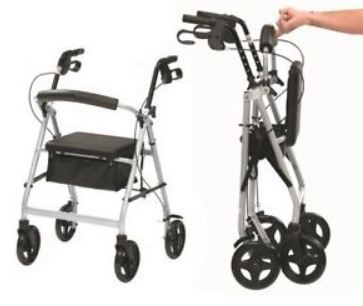
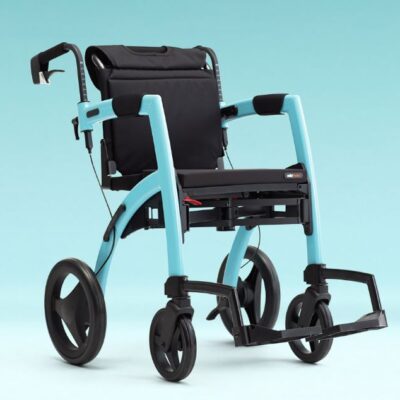
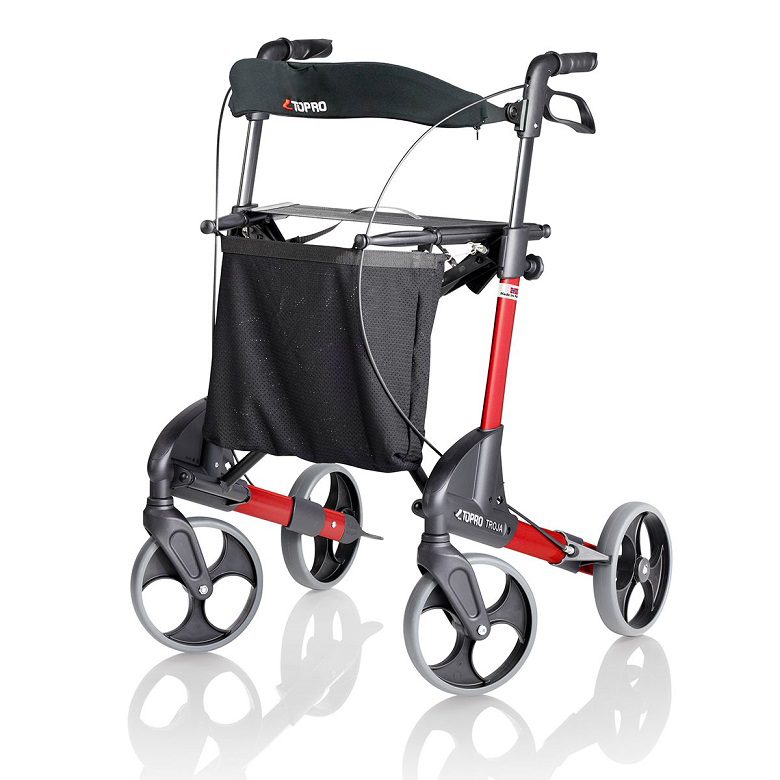
Reviews
There are no reviews yet.